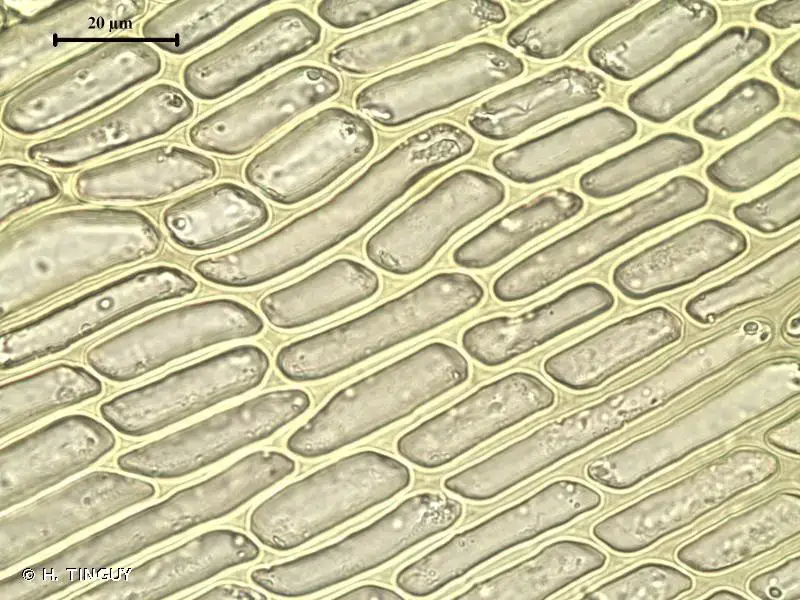
336009.jpg from: https://inpn.mnhn.fr/espece/cd_nom/4775/tab/fiche
Exploring the Fascinating World of Oncophorus virens Moss
Mosses are small but mighty plants that play important roles in ecosystems around the world. One particularly interesting species is Oncophorus virens (Hedw.) Brid., also known simply as Oncophorus. This moss belongs to the Rhabdoweisiaceae
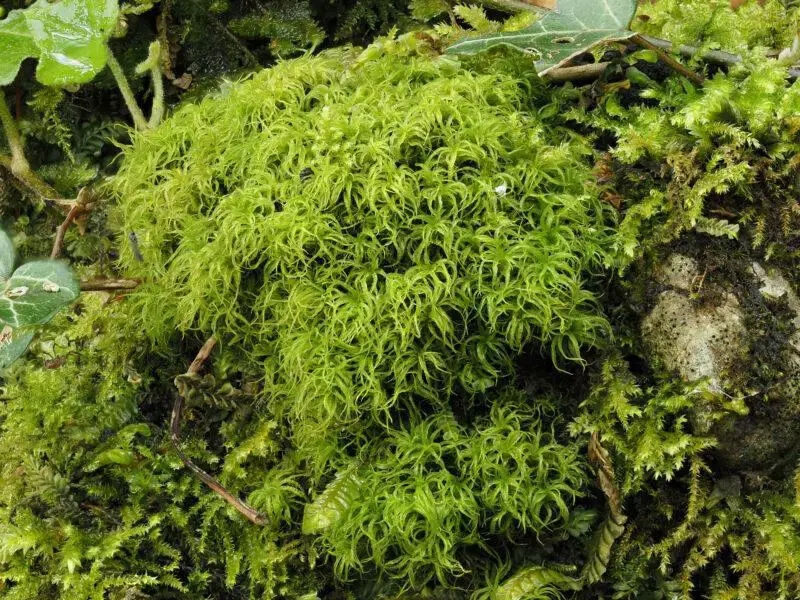
2022-05-19-07-54-00-800×600.jpg from: https://www.britishbryologicalsociety.org.uk/learning/species-finder/oncophorus-virens/
family in the Bryophyta division and Bryopsida class. Let’s take a closer look at this fascinating little plant!
Background on Mosses
Mosses are non-vascular plants that lack true roots, stems, and leaves. Instead, they have leaf-like structures called phyllids and thread-like rhizoids that anchor them to surfaces. There are over 12,000 species of moss found on every continent, from the Arctic to the tropics. Mosses play key ecological roles, helping to regulate moisture, prevent erosion, provide habitat, and cycle nutrients.
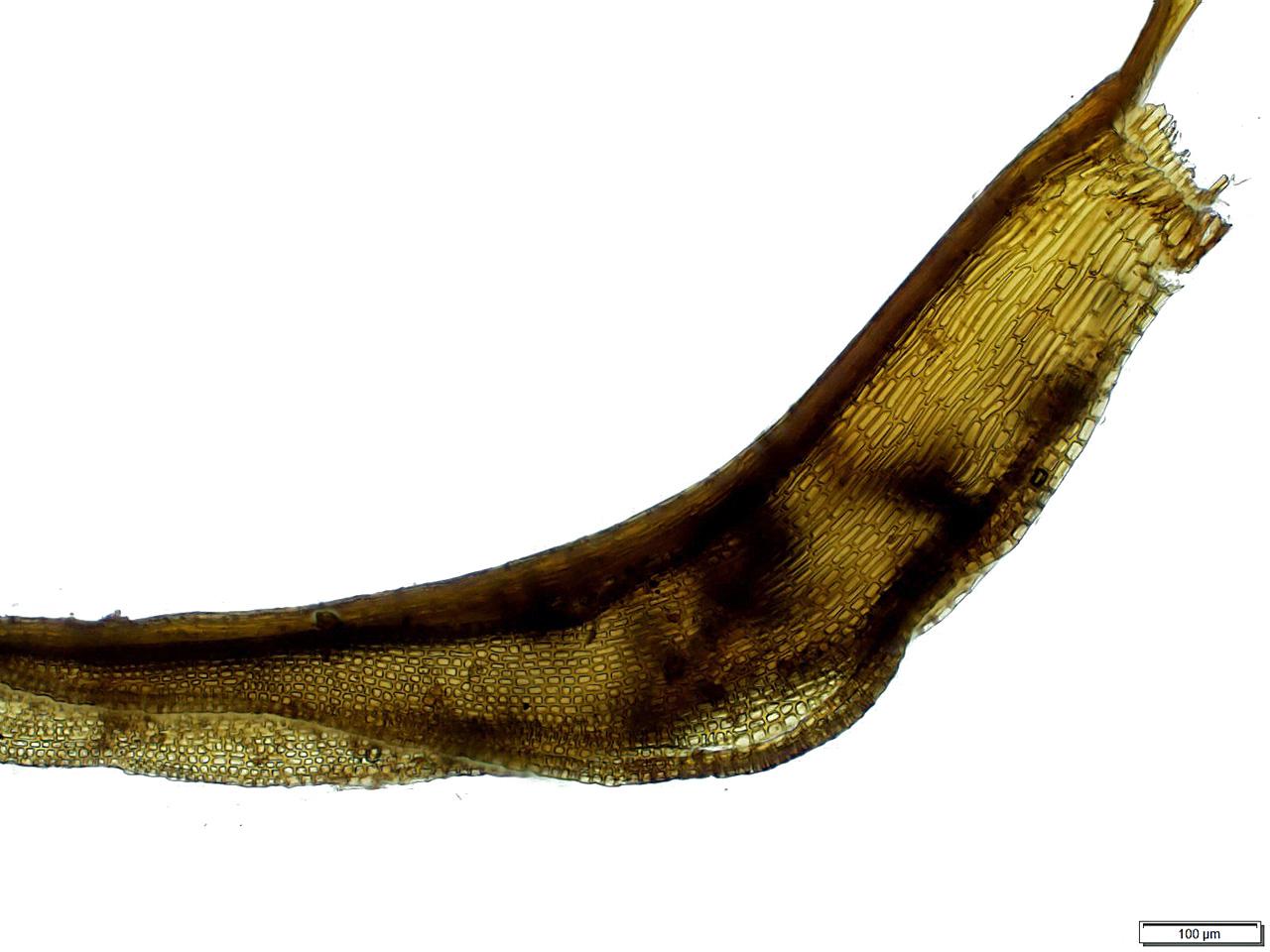
on_virens3.jpg from: https://wnmu.edu/academic/nspages/gilaflora/oncophorus_virens.html
Morphology and Identification
Oncophorus virens forms loose tufts or mats of green to yellowish-green phyllids. The phyllids are lance-shaped, 2-4 mm long, and have a distinct costa (midrib). The seta (stalk) is 1-2 cm tall and supports an inclined, asymmetrical capsule. Identifying features include:
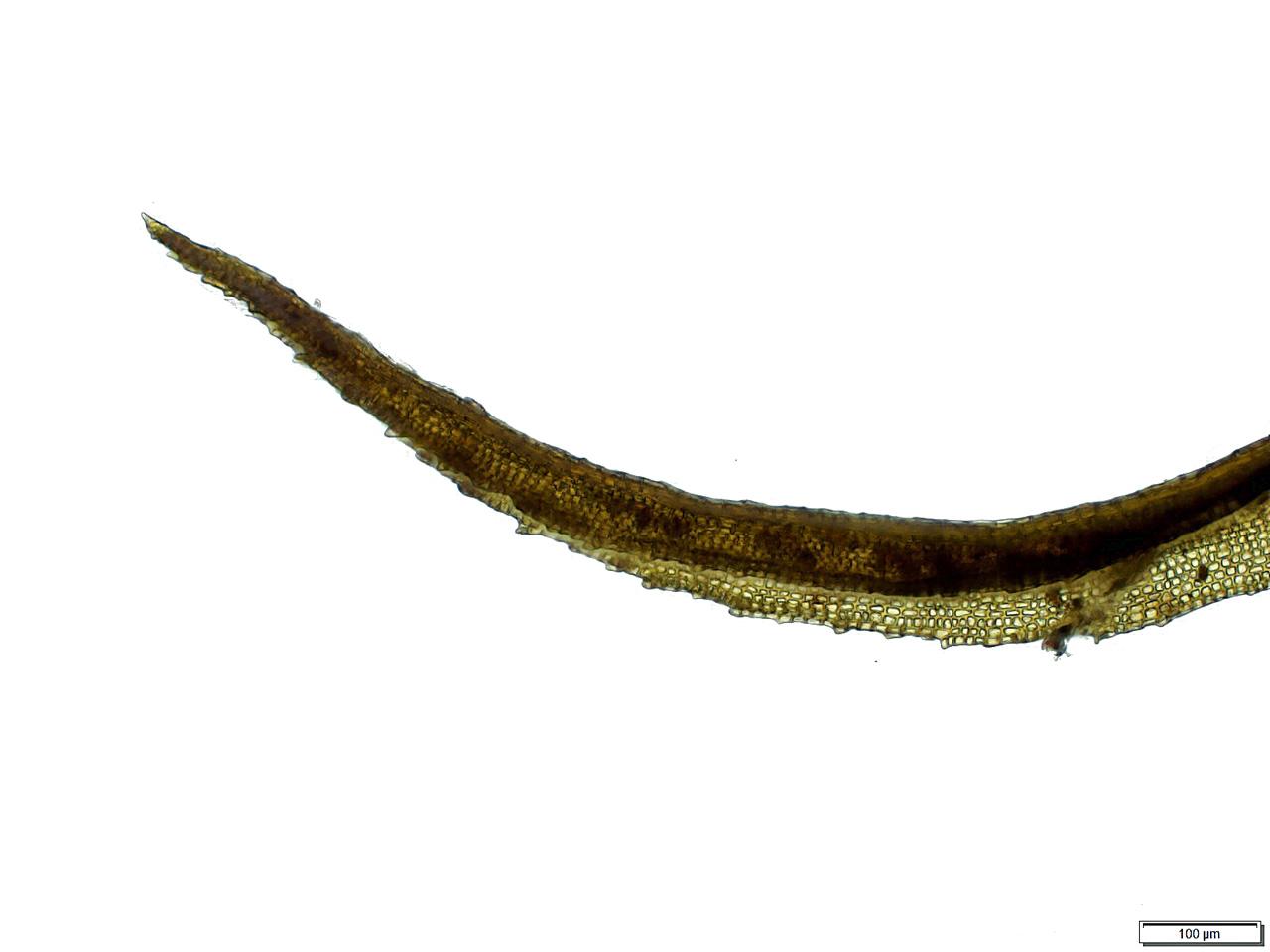
on_virens2.jpg from: https://admissions.wnmu.edu/academic/nspages/gilaflora/oncophorus_virens.html
- Phyllid margins recurved and finely toothed near apex
- Laminal cells quadrate to short-rectangular
- Autoicous (male and female reproductive structures on same plant)
Global Distribution and Habitat
This species has a circumboreal distribution, found across northern and alpine regions of North America, Europe, and Asia. It grows on soil, rock, rotten logs, and tree bases in various habitats:
- Boreal and montane forests
- Tundra and alpine meadows
- Bogs and fens
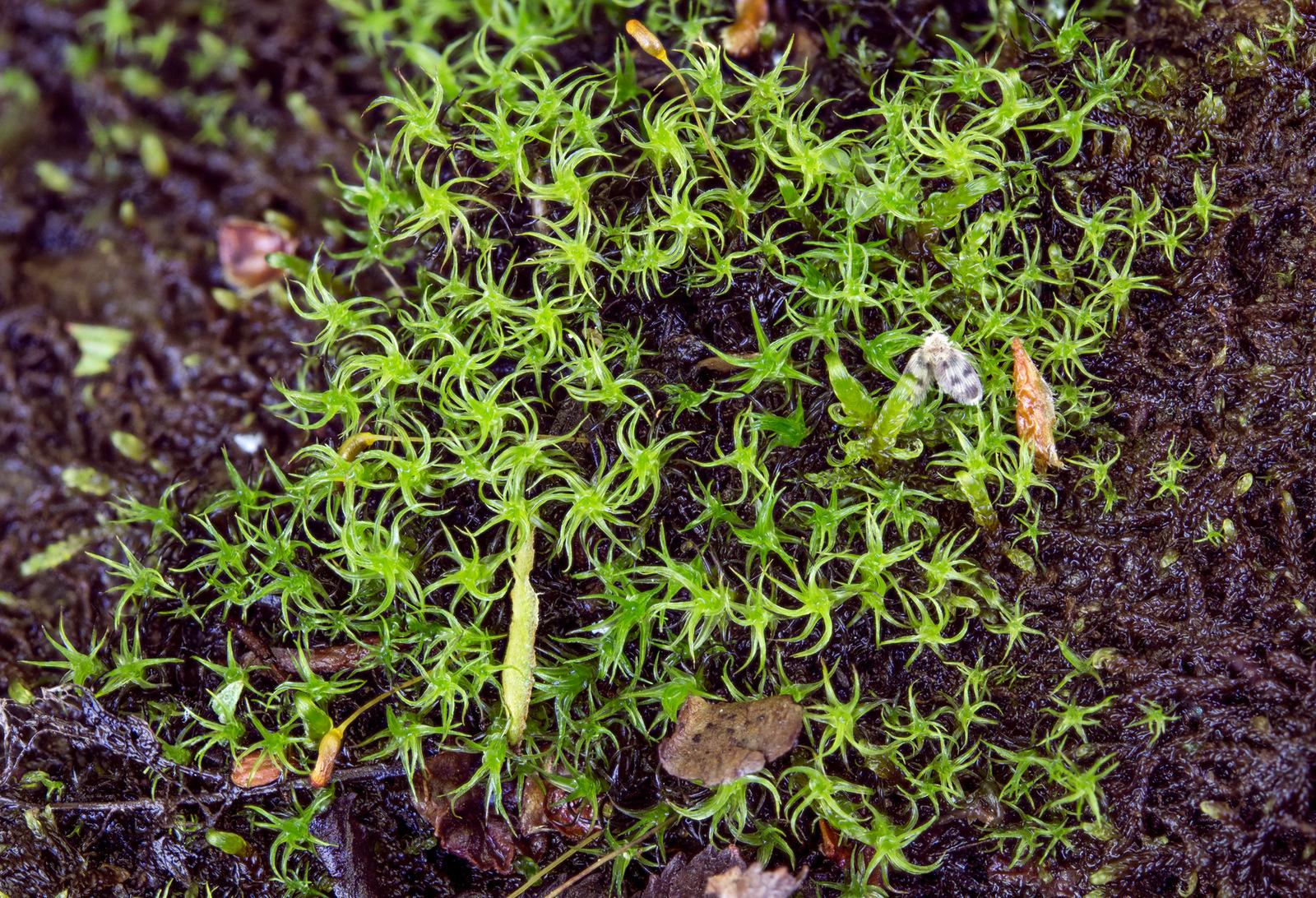
32494_217592_5.jpg from: https://artfakta.se/artbestamning/taxon/oncophorus virens-217592
- Disturbed sites like roadsides and ditches
Ecological Roles and Adaptations
Like other mosses, O. virens plays important roles in its habitats. It helps stabilize soil, retains moisture, provides microhabitat for invertebrates, and is a pioneer species in disturbed areas. Some key adaptations allow it to thrive:
- Tolerates cold temperatures and frost
- Desiccation tolerance (can survive drying out)
- Reproduces via spores and vegetative fragments
- Grows in dense colonies that aid moisture retention
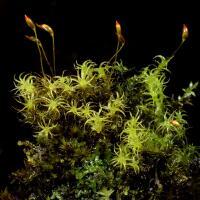
JR59991_thumb.jpg from: https://laji.fi/taxon/MX.43726/identification
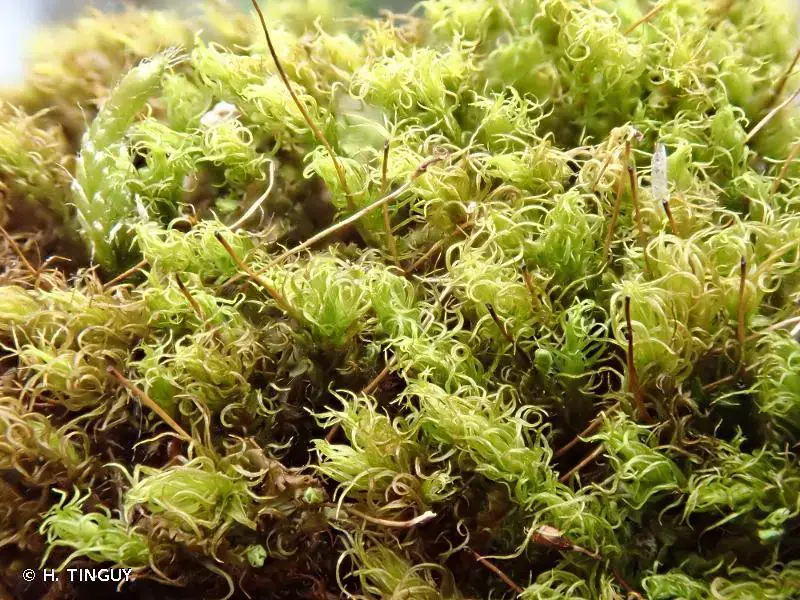
428302.jpg from: https://inpn.mnhn.fr/espece/cd_nom/4775
| Characteristic | Description |
|---|---|
| Family | Rhabdoweisiaceae |
| Genus | Oncophorus |
| Species | O. virens |
| Authority | (Hedw.) Brid. |
| Phyllids | Lance-shaped, toothed |
| Seta | 1-2 cm long |
Capsule
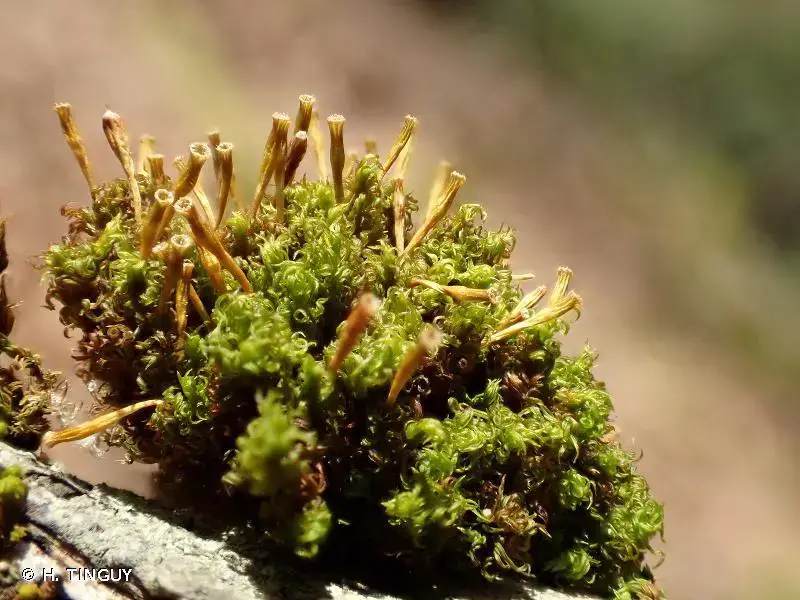 193718.jpg from: https://inpn.mnhn.fr/espece/cd_nom/5051 |
Inclined, asymmetric |
| Habitat | Boreal to alpine |
Conclusion
Oncophorus virens

34d26a4e7ad5ab65d02bf58a58994b7e.jpg from: https://openmuseum.tw/muse/digi_object/ba95420a12fe146e50a575a88249ab64
is a small but intriguing moss species with a widespread northern distribution. From its distinct morphology to its important ecological roles, this mighty moss proves that size isn’t everything in the plant world. Next time you’re out in a northern forest or alpine meadow, keep an eye out for this little green wonder! What other mighty mosses have you encountered in your explorations?